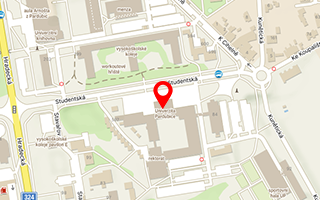Publikace detail
Assessing concrete strength loss at elevated temperatures as a function of dielectric variation measured by GPR: an empirical study
Autoři:
Artagan Salih Serkan | Borecký Vladislav | Yurdakul Özgür | Luňák Miroslav
Rok: 2022
Druh publikace: článek v odborném periodiku
Název zdroje: Nondestructive Testing and Evaluation
Název nakladatele: Taylor & Francis Ltd.
Místo vydání: Abingdon
Strana od-do: nestránkováno
